5 best plants to help cool down your home
We’ve found the 5 best plants to humidify your home and keep it cool
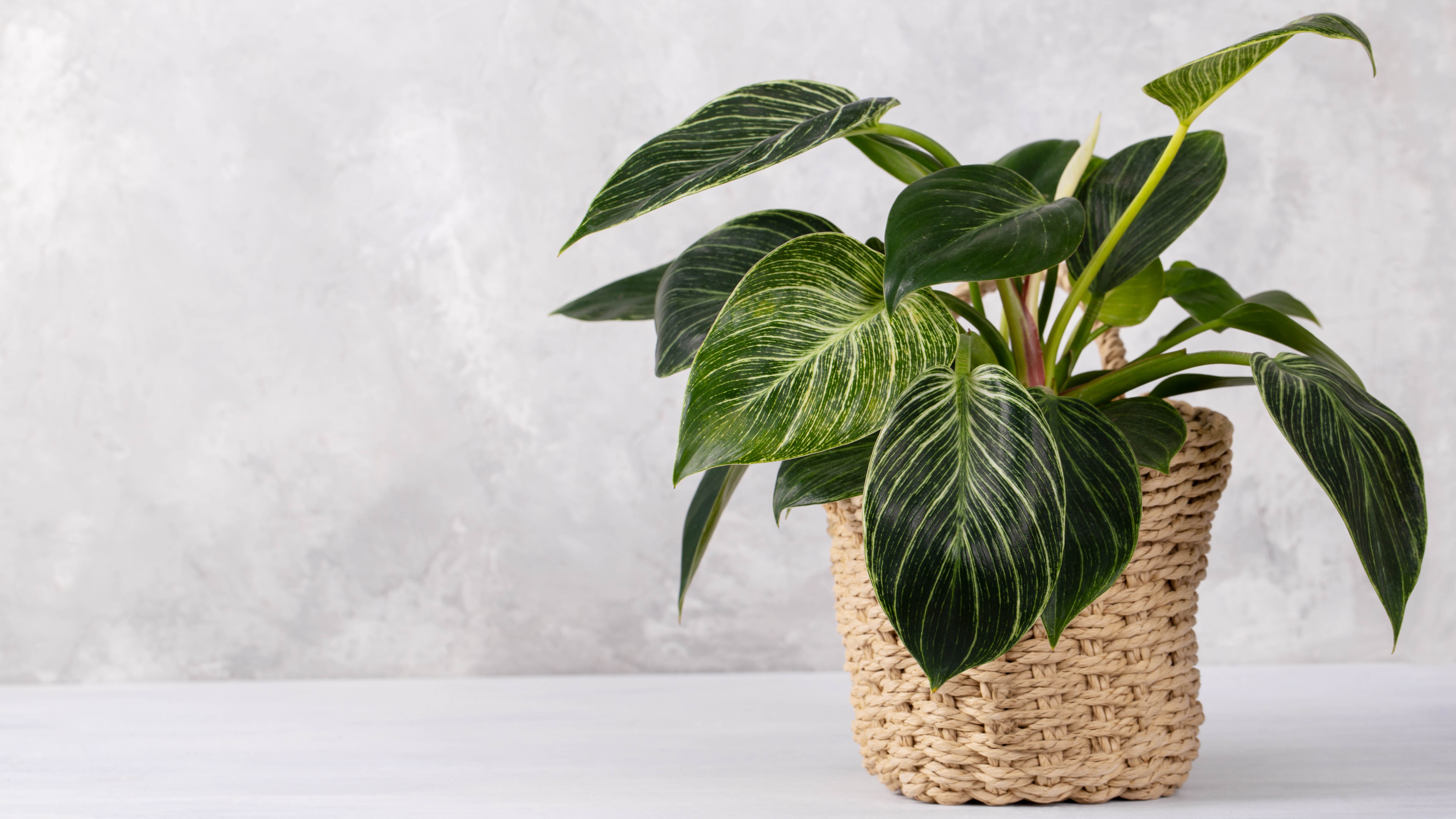
With temperatures as high as they are right now, we’re using all kinds of methods to stay cool. After learning how to cool down a room in a heatwave, and learning what home appliances you should never use in a heatwave, we’re making best use of our fans, curtains and even wet laundry. So, if there’s a way to naturally cool down the space, we’re all for it. But, did you know that houseplants can lend a helping hand (or rather, leaf) here too?
You read that right. According to a NASA study, plants will actually ‘sweat’ from their leaves as part of a process called transpiration, which increases in rate as the environment heats up. While this cools the plant down, this excess water also evaporates into the atmosphere which can help cool the surrounding space too — much in the same way damp laundry can.
Of course, certain plants will transpire and humidify better than others — particularly those with large leaves or of a rainforest origin. And naturally you’re not going to get the same impact you’d find in a rainforest, but the right plants can make a difference and help cool down your home to some degree. If you want to take advantage, we’ve listed five of the best plants here.
Keep in mind that the following plants are toxic to cats and dogs, so keep these away from your pets. Some varieties of rubber plant are non-toxic and safe around pets however, such as the American rubber plant, or baby rubber plant.
1. Rubber plant
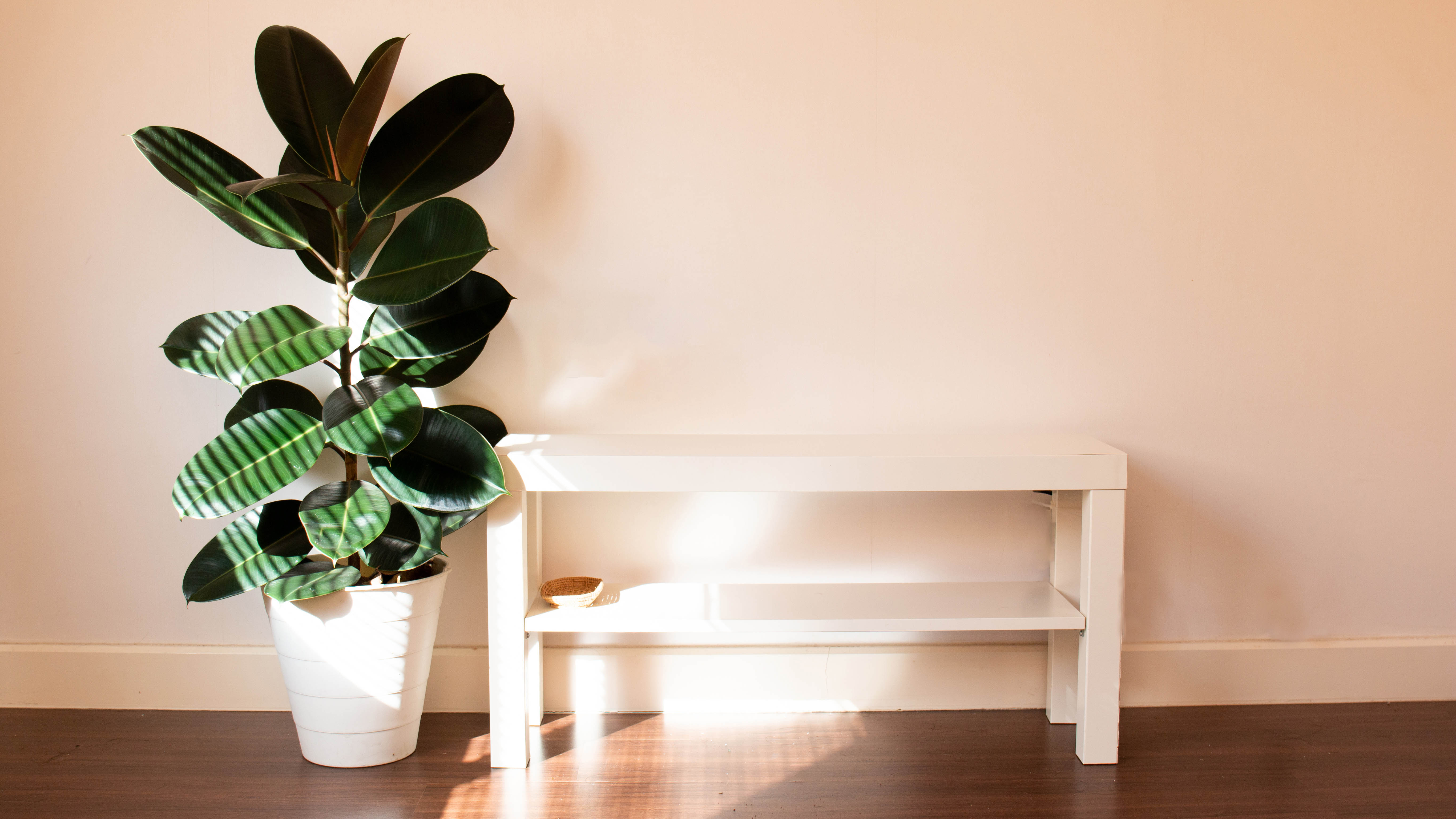
Also known as fiscus elastica, the rubber plant is a common houseplant which features large and glossy leaves. It can grow as tall as 10 ft when kept indoors, displaying multiple tones of green depending on the variety. Native to India and Asia, rubber plants are designed to thrive in tropical climates with regular access to water. And those large leaves give it more room to ‘sweat’ the water it absorbs from the soil as part of the transpiration process. So it’s a good choice for humidifying as well as cooling the atmosphere.
Rubber plants, or trees, are pretty easy to care for, but you need to mimic their natural habitat. To reflect the tropical climate, they prefer the soil to be moist, but not saturated, otherwise root rot can take over. Watering once a week should work for general guidance, but it’s always a good idea to feel the top few inches of the soil first to check the conditions — if it feels bone dry, it needs water. Bright, indirect light is also best for these plants — at least 6 hours a day ideally. So if you place your rubber plant on a sunny windowsill, it’s a good idea to use sheer curtains to protect it.
2. Dracaena

Another popular indoor houseplant, dracaena, or dragon tree, features an abundance of long leaves which protrude from a predominant stem. The thickness and shape of the leaves varies depending on the variety, but they’re often thin and long, splaying away from the plant. These plants can grow quite tall — reaching up to 10 feet in height. The majority of dracaena are native to Africa, so they prefer a warm, humid climate. Naturally, this makes them a good choice for humidifying, particularly if you opt for a variety with thicker leaves.
Sign up to get the BEST of Tom's Guide direct to your inbox.
Get instant access to breaking news, the hottest reviews, great deals and helpful tips.
Dracaena are hardy plants and are fairly low-maintenance to care for. They’re pretty drought-tolerant, preferring the soil to dry out between waterings — so water may only be required every 10-14 days.
It also helps if you mist the leaves regularly to keep them moist — this aids it with humidifying and cooling your room gradually in return too. Another benefit of this plant is it’s one of the 7 best plants to reduce indoor air pollution.
3. Weeping fig
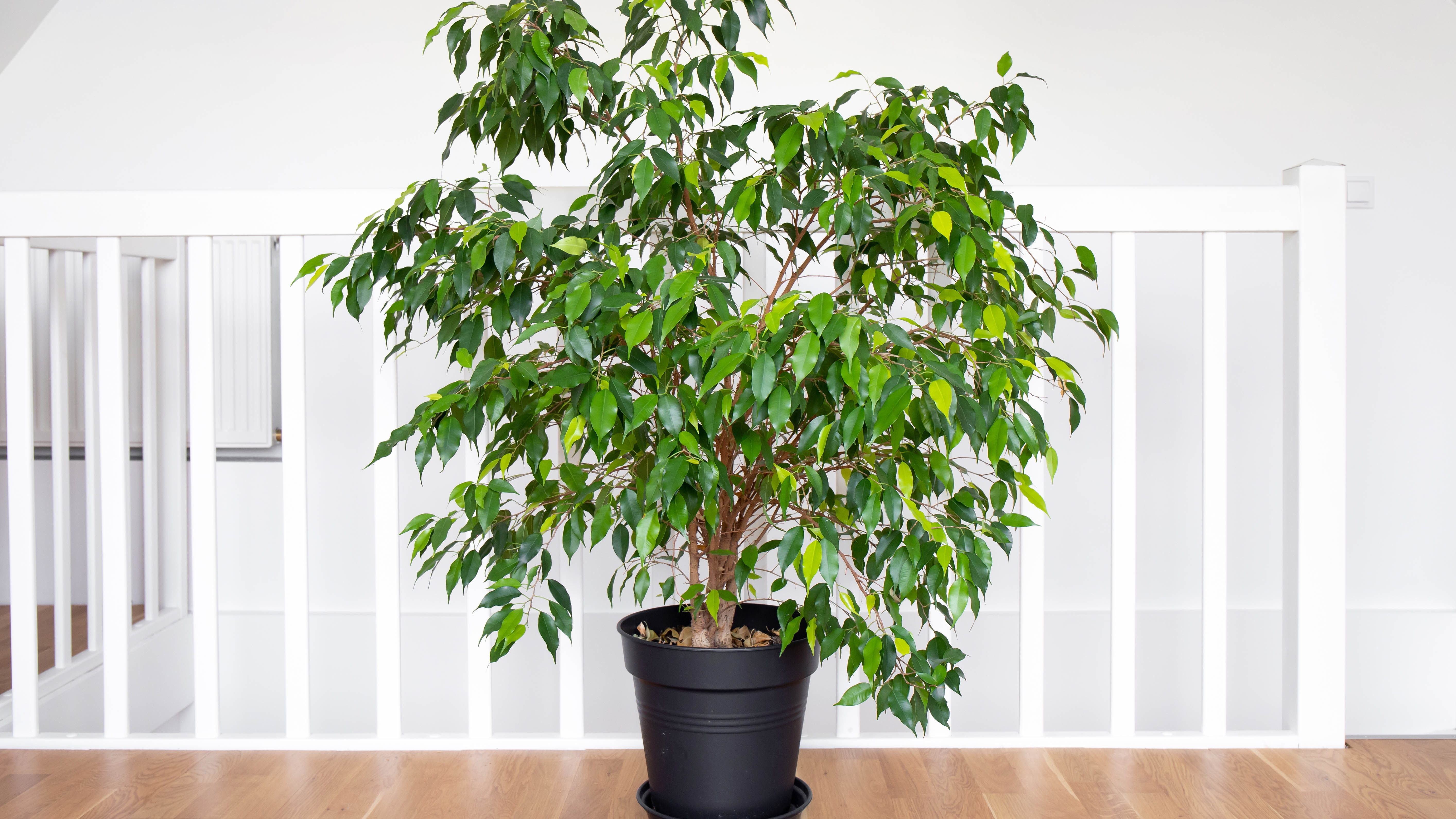
Weeping fig, or ficus benjamina, makes this list because of its bushy appearance, which is thick with an abundance of leaves. Native to Asia and Australia, this houseplant can give off ample moisture through the pores on its leaves. In its natural habitat, it’s a sizable evergreen tree reaching heights of 60 feet to provide considerable shade for plants below. But, at home it matures at a more reasonable height of 6ft. Still, it can contribute to the humidity in your home, perhaps not as much as a dedicated humidifier, but coupled with the right plants and strategically placed, it can make a difference to the temperature.
The weeping fig is another plant which is easy to care for. It prefers well-draining soil with regular water. Watering once a week should be enough during the growing season, but always check the conditions of the soil with your finger first. It will thrive in bright, indirect light conditions. Make sure your weeping fig is kept happy, otherwise the leaves will drop which defeats the purpose.
4. Philodendron
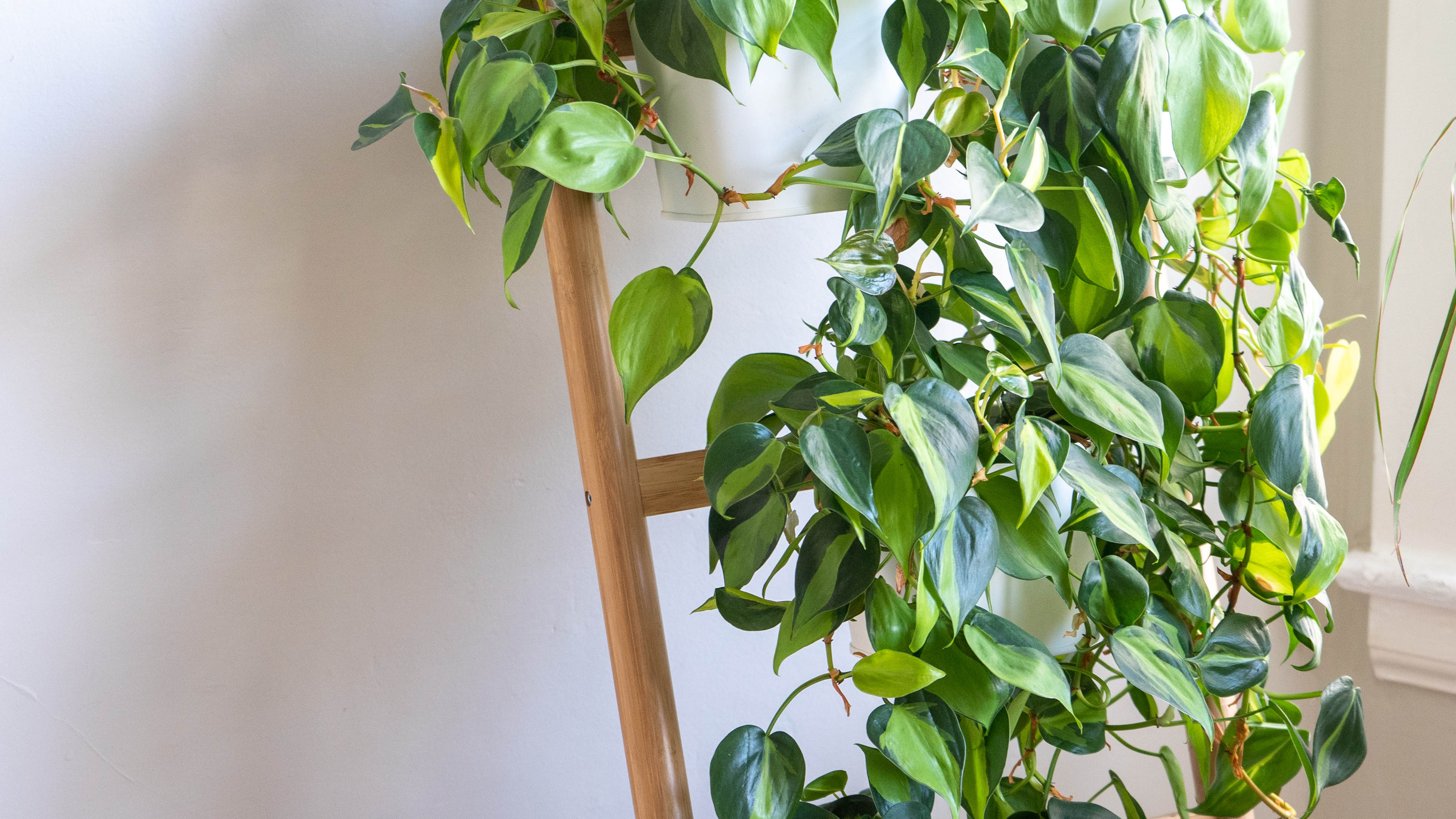
It’s hard to miss a philodendron variety of plant — the leaves are humongous, green and abundant, sometimes covering the soil and even the container itself. There are hundreds of species of this plant, all of which vary its form and color. But, it’s typically native to Central and South American, where conditions are tropical. And those large leaves can really help to accentuate the transpiration process in such a climate. Considering this, it’s a no-brainer for this list.
There are predominantly two types of philodendron you can grow; non-climbing and vining. The non-climbing sort resembles your typical houseplant, while vining requires a support or trellis to climb. Regular water is needed for this plant — about once a week — but, be sure not to overwater it and leave it in soggy conditions. The top inch of soil should always be dry before you water. Bright and indirect light is best.
5. Chinese evergreen
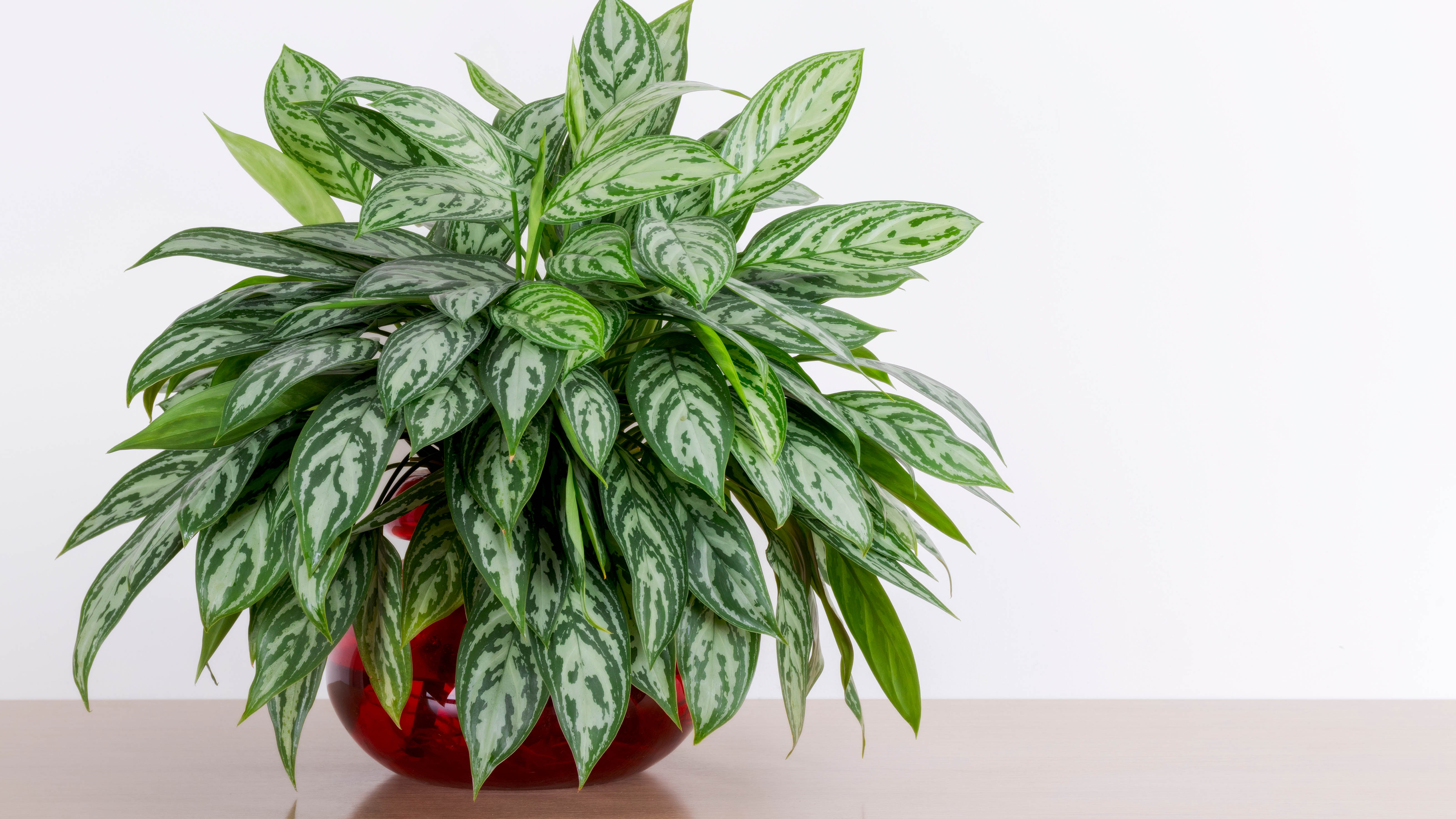
Native to Asia, the Chinese evergreen plant is said to bring good luck, but it also has its uses in terms of purifying pollutants from the air, including benzene and formaldehyde. Also known as aglaonema, this plant promotes a humid, and as such, cooler environment, thanks to its vibrant and plentiful leaf structure. It demonstrates an above-average transpiration rate when compared to other plants.
Growing this plant is both easy and rewarding. Light requirements will vary depending on the variety, but whatever the case keep this plant out of direct sun because the leaves will burn. Keep the soil moist with a regular watering routine; every 7 to 10 days or so should suffice.
More from Tom's Guide
- 7 plants that prevent weeds in your yard
- Here are the best plants that repel moles and keep them out of your yard
- We've also found 7 plants that will thrive in the shade

Katie Mortram used to be a Homes Editor for Tom's Guide, where she oversaw everything from kitchen appliances to gardening tools, as well as smart home tech. Specializing in providing expert advice for cleaning and home manintenance, she now works as Household Advice Editor for Good Housekeeping.
